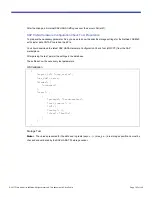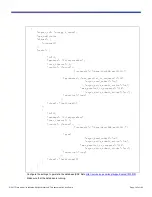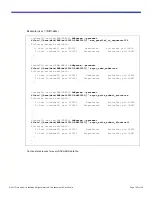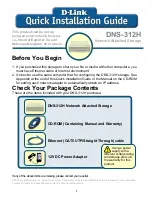
© 2017 Cisco and/or its affiliates. All rights reserved. This document is Cisco Public.
Page 130 of 146
SAP HANA Setup (SAN)
After the SAN LUNs have been created and the SAN zoning has been configured correctly, you need to be able to
see all the LUNs on the system. Create the file systems on the visible LUNs.
Note that for SAN multipathing, only the default Linux Multipath I/O (MPIO) driver is supported for multipathing in
the SAN environment. Any other driver, such as EMC PowerPath, must be supported by the specific driver.
mkfs.xfs
mkfs.xfs -f -b size=4096 /dev/sapdatavg/datavol
mkfs.xfs -f -b size=4096 /dev/sapdatavg/logvol
mkfs.xfs -f -b size=4096 /dev/ sapdatavg /sapmnt
/etc/fstab
<DEVICE>/data-lun /hana/data xfs
nobarrier,noatime,nodiratime,logbufs=8,logbsize=256k,async 1 2
<DEVICE>/log-lun /hana/log xfs
nobarrier,noatime,nodiratime,logbufs=8,logbsize=256k,async 1 2
<DEVICE>/shared-lun /hana/shared xfs defaults 1 2
/etc/after.local
#!/bin/bash
# (c) Cisco Systems Inc. 2014
# - after.local
#
# Performance Settings
# SAP Note 1824819
echo "Setting the CPU Speed to PERFORMANCE for SAP HANA"
/usr/bin/cpupower frequency-set -g performance 2>&1
# Disable THP on the system
echo never > /sys/kernel/mm/transparent_hugepage/enabled
. /etc/rc.status
# IO scheduler
echo deadline > /sys/block
/<DEVICE>
/queue/scheduler
#
echo 4096 > /sys/block
/<DEVICE>/
queue/nr_requests
#
echo 4096 > /sys/block
/<DEVICE>/
queue/read_ahead_kb
















































